在使用Excel收集和统计个人信息的过程中,常常会遇到各种各样的挑战。其中,将中文姓名转换成首字母拼音的形式就是一个常见的需求。如果还在手动一个一个输入,那无疑是既耗时又费力的低效操作。别担心,今天就为大家介绍一种高效的方法 —— 利用VBA编程,快速实现中文到拼音首字母的转换,让数据处理变得简单又便捷。
一、准备工作
1、文件格式转换:首先,打开 Microsoft Excel 工作簿。如果你的 Excel 文件后缀名是 “xlsx”,由于VBA宏的一些特性,需要先将 Excel 文档另存为 “xls” 或者 “xlsm” 类型。这一步是确保后续 VBA 代码能够正常运行的基础。
2、进入代码编辑界面:右键单击 Sheet1 工作表(当然,你也可以根据实际情况选择其他工作表),在弹出的右键菜单中选择 “查看代码” 选项。此时,会打开 Microsoft Visual Basic for Applications 窗口,这是我们编写和编辑VBA代码的工作环境。
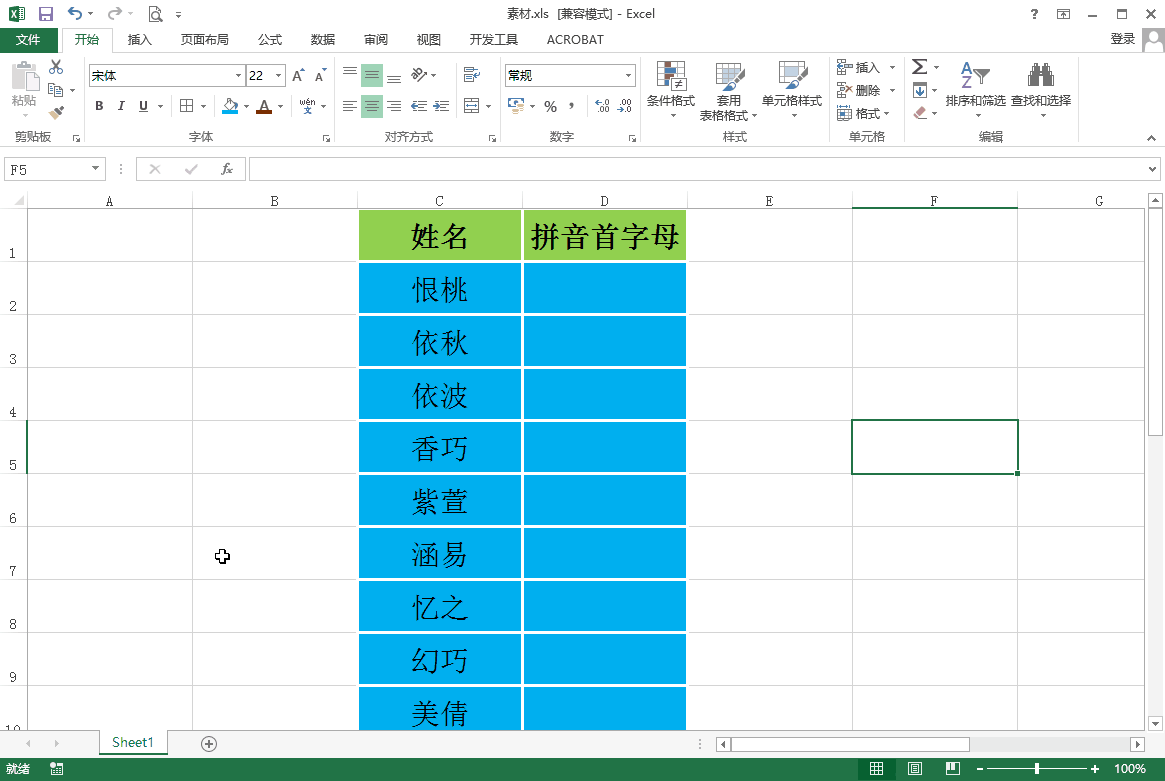
二、插入模块并添加代码
1、插入模块:在 Microsoft Visual Basic for Applications 窗口中,右键单击工程资源管理器窗口中的空白位置,将鼠标指针移动至 “插入” 选项,然后选中 “模块”。模块是存放 VBA 代码的容器,通过插入模块,我们为后续编写转换代码提供了空间。
2、复制粘贴代码:接着,将以下特定的 VBA 代码复制粘贴至模块 1 的代码窗口中。这段代码包含了两个自定义函数:“Getpychar” 函数用于根据汉字的 ASCII 码范围确定其对应的拼音首字母;“Getpy” 函数则通过循环遍历输入字符串中的每个字符,调用 “Getpychar” 函数,从而得到整个字符串的拼音首字母组合。代码如下:
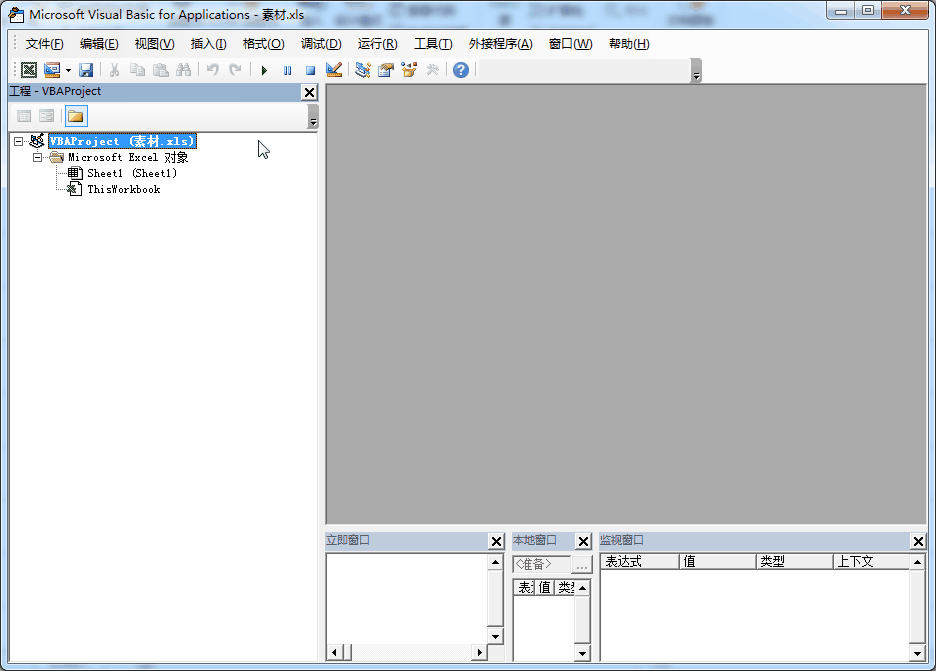
代码区域
Function Getpychar(char)
temp = 65536 + Asc(char)
If (temp >= 45217 And temp <= 45252) Then
Getpychar = "A"
ElseIf (temp >= 45253 And temp <= 45760) Then
Getpychar = "B"
ElseIf (temp >= 45761 And temp <= 46317) Then
Getpychar = "C"
ElseIf (temp >= 46318 And temp <= 46825) Then
Getpychar = "D"
ElseIf (temp >= 46826 And temp <= 47009) Then
Getpychar = "E"
ElseIf (temp >= 47010 And temp <= 47296) Then
Getpychar = "F"
ElseIf (temp >= 47297 And temp <= 47613) Then
Getpychar = "G"
ElseIf (temp >= 47614 And temp <= 48118) Then
Getpychar = "H"
ElseIf (temp >= 48119 And temp <= 49061) Then
Getpychar = "J"
ElseIf (temp >= 49062 And temp <= 49323) Then
Getpychar = "K"
ElseIf (temp >= 49324 And temp <= 49895) Then
Getpychar = "L"
ElseIf (temp >= 49896 And temp <= 50370) Then
Getpychar = "M"
ElseIf (temp >= 50371 And temp <= 50613) Then
Getpychar = "N"
ElseIf (temp >= 50614 And temp <= 50621) Then
Getpychar = "O"
ElseIf (temp >= 50622 And temp <= 50905) Then
Getpychar = "P"
ElseIf (temp >= 50906 And temp <= 51386) Then
Getpychar = "Q"
ElseIf (temp >= 51387 And temp <= 51445) Then
Getpychar = "R"
ElseIf (temp >= 51446 And temp <= 52217) Then
Getpychar = "S"
ElseIf (temp >= 52218 And temp <= 52697) Then
Getpychar = "T"
ElseIf (temp >= 52698 And temp <= 52979) Then
Getpychar = "W"
ElseIf (temp >= 52980 And temp <= 53640) Then
Getpychar = "X"
ElseIf (temp >= 53689 And temp <= 54480) Then
Getpychar = "Y"
ElseIf (temp >= 54481 And temp <= 62289) Then
Getpychar = "Z"
Else
Getpychar = char
End If
End Function
Function Getpy(str)
For a = 1 To Len(str)
Getpy = Getpy & Getpychar(Mid(str, a, 1))
Next a
End Function
粘贴完代码后,点击保存按钮,然后退出 Visual Basic 编辑器,回到 Excel 工作表界面。
三、使用函数进行转换
假设单元格区域 C:C 是中文姓名,我们需要在单元格区域 D:D 将其转换成拼音首字母形式。只需在 D2 单元格中输入函数 “=Getpy (C2)”,按下回车键后,D2 单元格就会显示出 C2 单元格中中文姓名对应的拼音首字母。接着,将鼠标指针移动到 D2 单元格右下角的小黑点处,当指针变成 “ ” 形状时,按住鼠标左键向下拖动进行单元格填充,这样 C 列中所有中文姓名就会快速地在 D 列转换成拼音首字母形式。

通过以上步骤,利用 VBA 代码,我们轻松实现了在 Excel 中快速将中文姓名转换为拼音首字母的操作。这种方法不仅节省了大量时间和精力,还提高了数据处理的效率和准确性。赶紧把代码收藏起来吧,以后在处理类似数据时就能派上用场,让 Excel 操作更加得心应手!









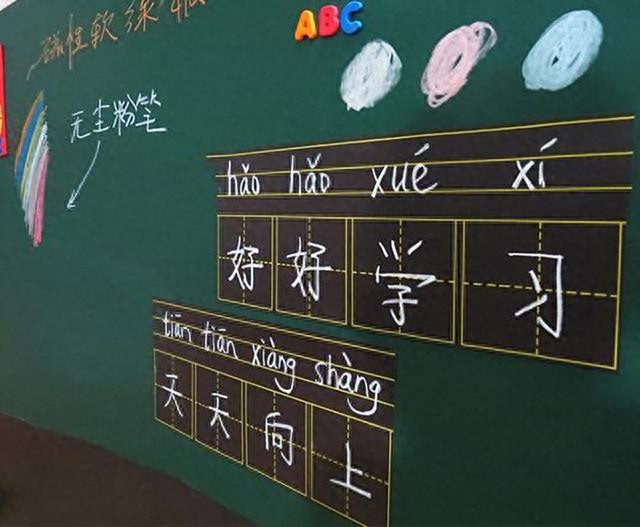



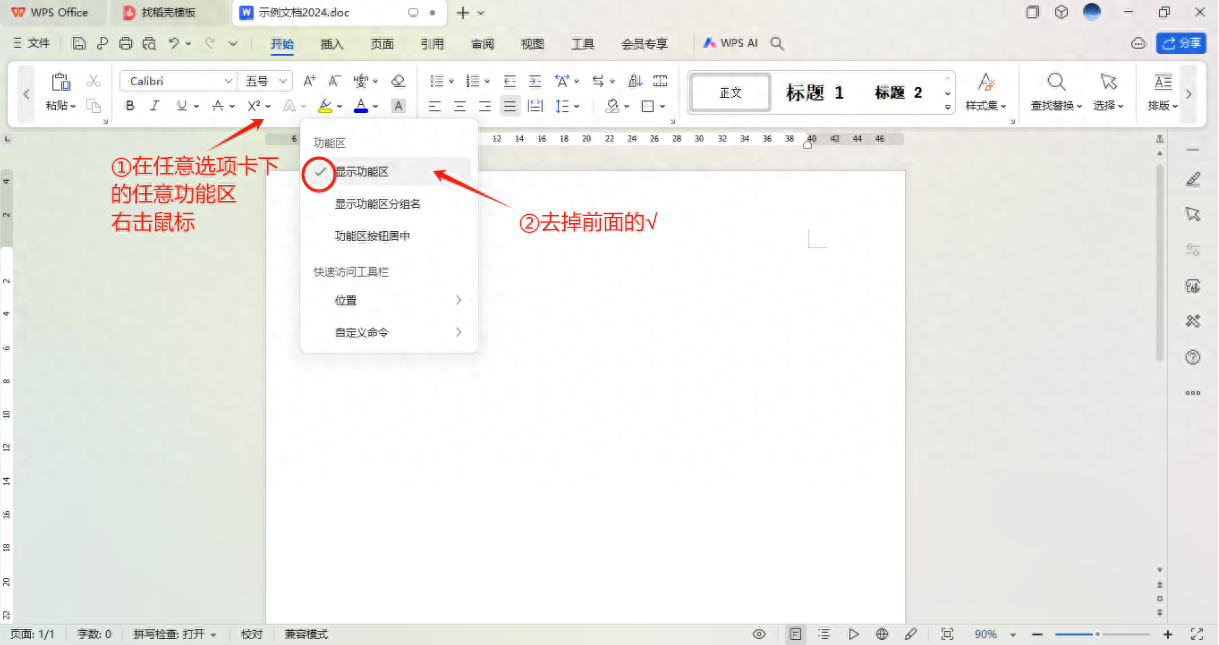
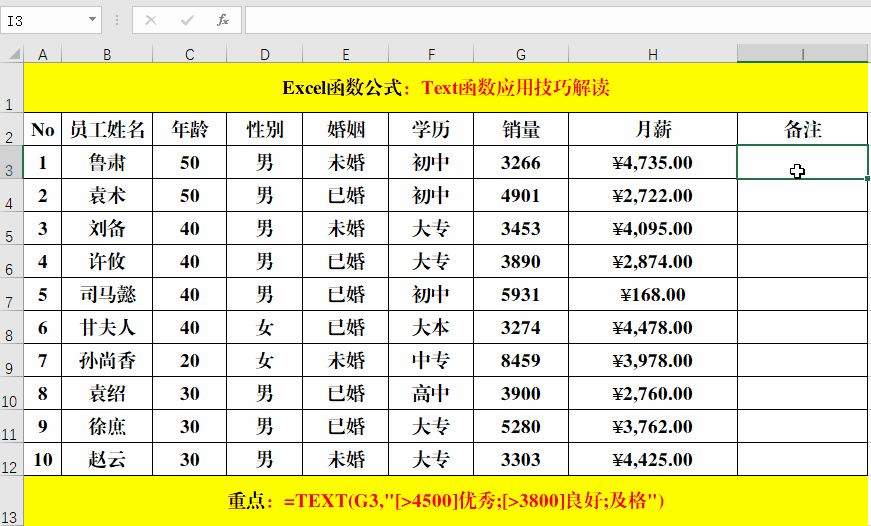
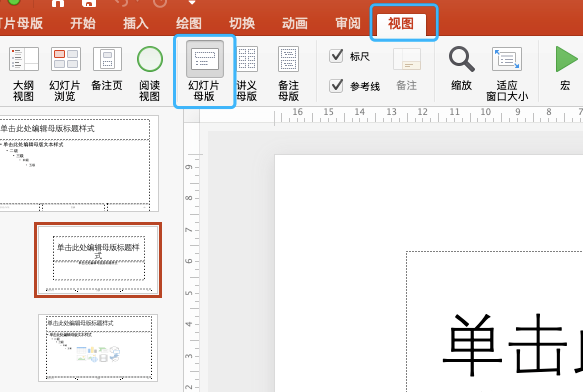
评论 (0)